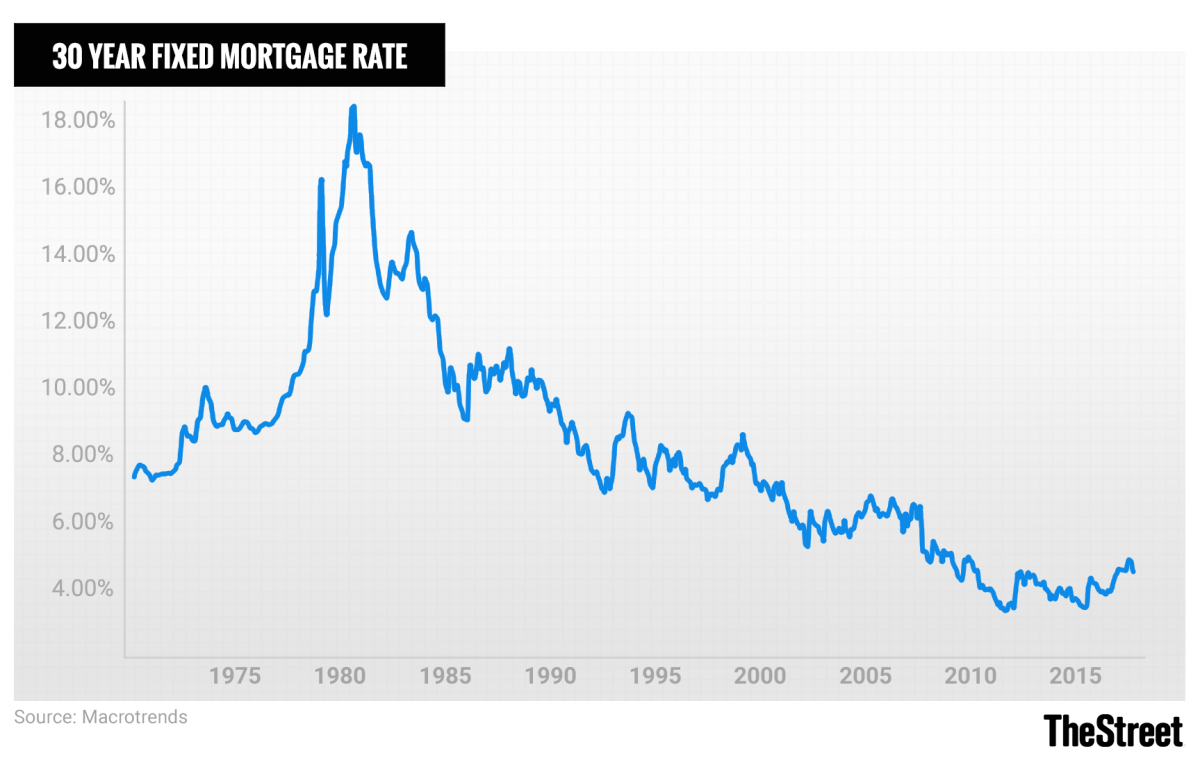Lenders determine your debt-to-income ratio by dividing your month-to-month debt commitments by your pretax, or gross, income. Many lending institutions try to find a ratio of 36% or less, though there are exceptions, which we'll get into below." Debt-to-income ratio is calculated by dividing your monthly financial obligations by your pretax income." DTI sometimes overlooks monthly costs such as food, energies, transport expenses and medical insurance, amongst others; loan providers might rule out these expenses and may approve you to obtain more than you're comfortable paying.
You'll desire the most affordable DTI possible not just to certify with the finest home mortgage lenders and buy the home you desire, however likewise to ensure you have the ability to pay your financial obligations and live conveniently at the exact same time. Also understood as a household ratio, front-end DTI is the dollar quantity of your home-related expenditures your future month-to-month home loan payment, real estate tax, insurance and house owners association costs divided by your monthly gross earnings.
Back-end ratios tend to be somewhat greater, because they take into account all of your month-to-month debt obligations. Which DTI ratio matters more?While home loan lending institutions generally look at both types of DTI, the back-end ratio typically holds more sway since it takes into consideration your whole financial obligation load. Lenders tend to focus on the back-end ratio for traditional home loans loans that are used by banks or online home loan lending institutions rather than through government-backed programs.
If your back-end DTI is listed below 36%, that's even better. When you're applying for government-backed home loans, like an FHA loan, loan providers will look at both ratios and might think about DTIs that are higher than those required for a conventional mortgage: as much as 50% for the back-end ratio. Preferably, however, you'll wish to keep your DTIs as low as possible, regardless of lenders' limits.
Although DTIs are necessary when getting a home loan, they're inadequate when it pertains to assisting you find out what you can manage, says Ira Rheingold, executive director of the National Association of Customer Supporters." You can have these basic guidelines around debt-to-income ratio," he states, "but the bigger concern is, will you, when you have that mortgage payment, have enough money to make ends satisfy?" Considering that DTIs do not consider costs such as food, medical insurance, energies, gas and entertainment, you'll wish to budget beyond what your DTI labels as "inexpensive" for you.
This is particularly crucial since DTIs count your earnings prior to taxes, not what you really take house monthly. The higher your DTI, the more likely you are to battle with receiving a home loan and making your month-to-month home mortgage payments. There are several methods to reduce your debt-to-income ratio: Don't make any huge purchases on credit before you buy a home.
While a pay raise at work is another way to lower your DTI, it may not be possible to get one rapidly. That's why it's much better to avoid handling more financial obligation and deal with whittling down the financial obligation you have. Most of the times, loan providers will not consist of installment financial obligations like vehicle or student loan payments as part of your DTI if you have just a few months left to pay them off.

Examine This Report about What Beyoncé And These Billionaires Have In Common: Massive Mortgages
He recommends getting your View website financial resources in order so that you present yourself as somebody with good credit and not a lot of financial obligation. Prior to you take a seat with a lender, using http://cruzecto612.raidersfanteamshop.com/get-this-report-on-how-many-housing-mortgages-defaulted-in-2008 a home loan calculator is one method to figure out a reasonable mortgage payment for you. The lower your debt-to-income ratio, the more secure you are to loan providers and the much better your finances will be.
The household-owned worth of the US housing market is at an all-time high of $26. 12 trillionsignificantly greater than the pre-crisis peak of $22. 68 trillion in 2006. Housing equity and non-HELOC (house equity credit line) home loan debt impressive are likewise at historic Additional reading highs. At the very same time, the share of house owners with a home mortgage, at 62.
Why has this taken place? What takes place next? And what does it all indicate? That $26. 12 trillion in total real estate worth is made up of two aspects: $10. 36 trillion in outstanding home loan financial obligation (consisting of home equity credit lines) and $15. 76 trillion in home equity (the distinction between household-owned realty and mortgage debt).
3 percent in 2009 to 39 - what are cpm payments with regards to fixed mortgages rates. 6 percent in the very first quarter of 2019. On the other hand, real estate equity as a share of aggregate home values has grown from 36. 7 percent to 60. 4 percent over this same period. What discusses the lower home mortgage debt relative to real estate values? First, house equity credit lines are less widespread than in years past.
Although the outstanding quantity of home mortgages leaving out house equity credit lines surpassed its pre-recession peak in the 2nd quarter of 2019, relative to house values, it sat at roughly 35. 4 percent in the first quarter of 2019, well below its 2009 high of an approximated 54. 7 percent.
The share of property owners with a mortgage decreased progressively in between 2008 and 2017, from 68. 4 to 62. 9 percentthe most affordable level because a minimum of 2005. Conversely, the share of owner-occupied families without any home mortgage has actually climbed to 37. 1 percent over the same nine-year duration. Why this occurred: The shifting structure of owner-occupied households with and without a home loan owes to numerous factors, including the surge in all-cash sales in the years right away following the economic crisis, families' focus on financial obligation reduction, and home loan credit conditions that stay tight.
Older families are much more likely than more youthful families to have paid off their home loan. Though the share of senior individuals with a home mortgage has actually increased gradually with time (figure 2), to 38 percent in 2017 for those ages 65 and older, this share is well below 80 percent for those ages 35 to 54.
What Can Mortgages Be Used For - Questions
Whether the share of owner-occupied homes with a home mortgage continues to reduce will depend on the interplay between the list below aspects: the speed at which young, novice property buyers purchase houses (which depends upon the other items in this list) housing affordability credit accessibility the strength of the economy including the task market To a lesser level, it will also depend on the number of elderly families have a mortgage.

If new and younger buyers increasingly use cash instead of home loans to buy their homes, competitors among lenders will increase, which, in turn, might help ease the restrictive credit standards in location today - what metal is used to pay off mortgages during a reset. Nevertheless, the possible relief from still-tight credit standards might have a little effect on homeownership offered the restricted supply of inventory for sale in much of nation.
By increasingly settling their mortgages and converting their whole house value into equity, existing house owners create a cushion for emergency situations and retirement. Nevertheless, the growth in the share of house owners ages 65 and older with a home loan bears viewing as it may represent an emerging risk to the home mortgage market.
Low home mortgage rates have actually assisted press U.S. home loan financial obligation to the greatest level ever. In the 2nd quarter of 2019, Americans' home loan balances amounted to $9. 4 trillion, $162 billion more than the previous quarter, according to information launched Tuesday by the Federal Reserve Bank of New York City. This surpassed the previous peak of $9.